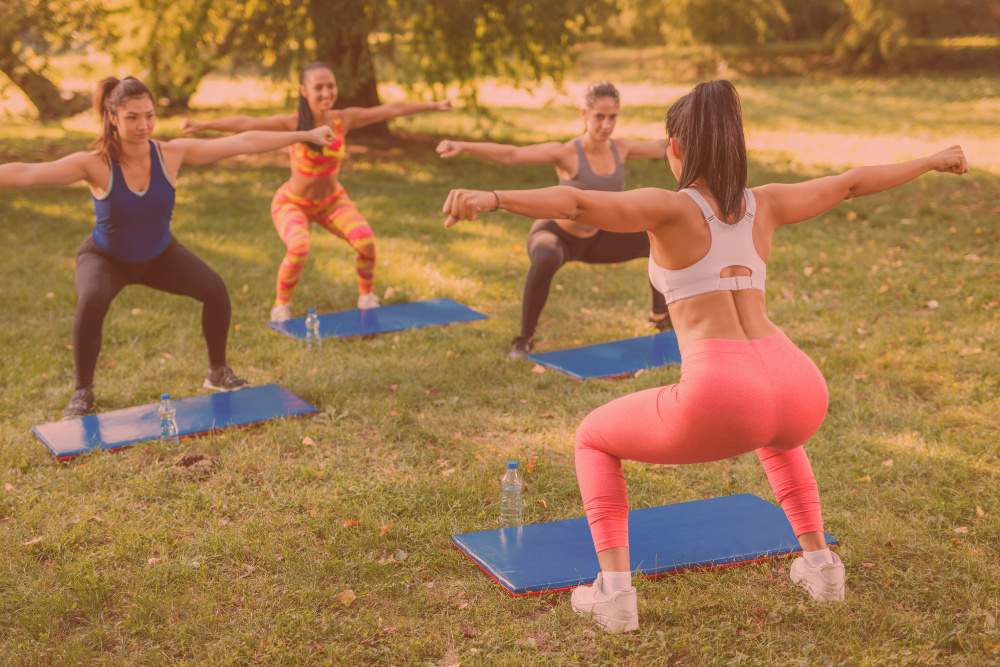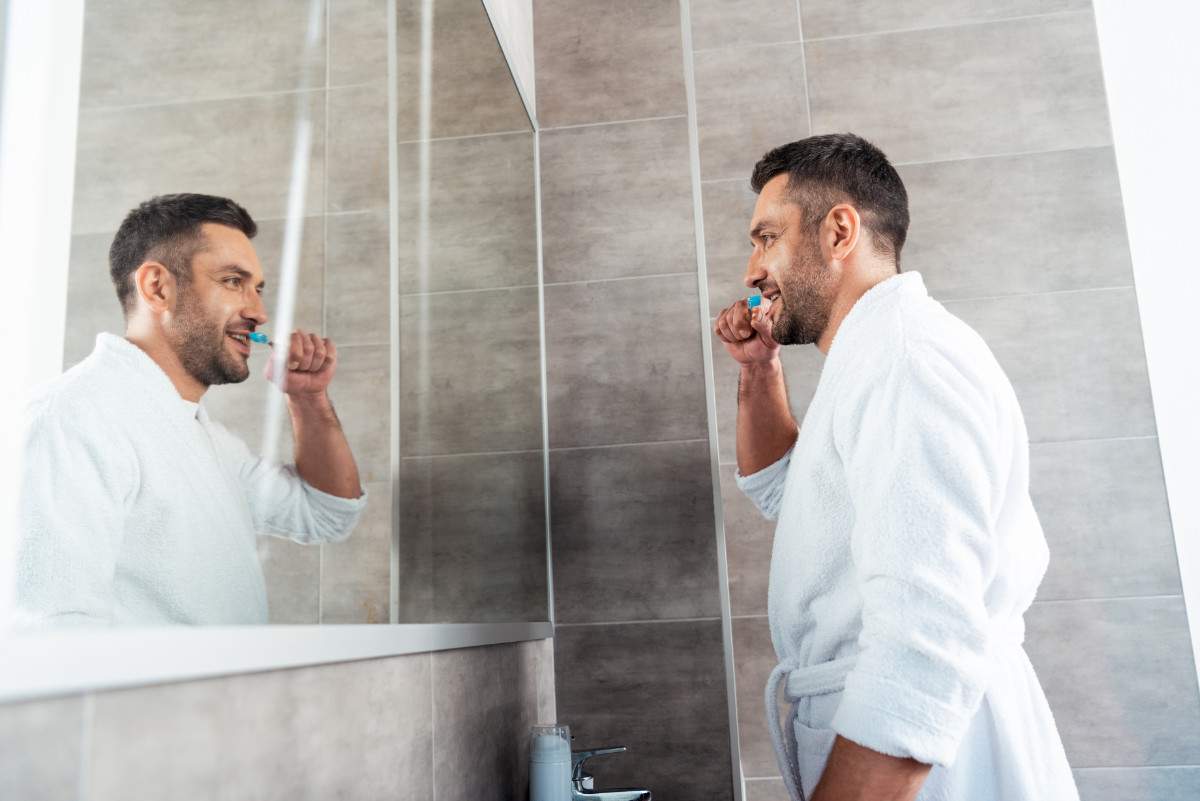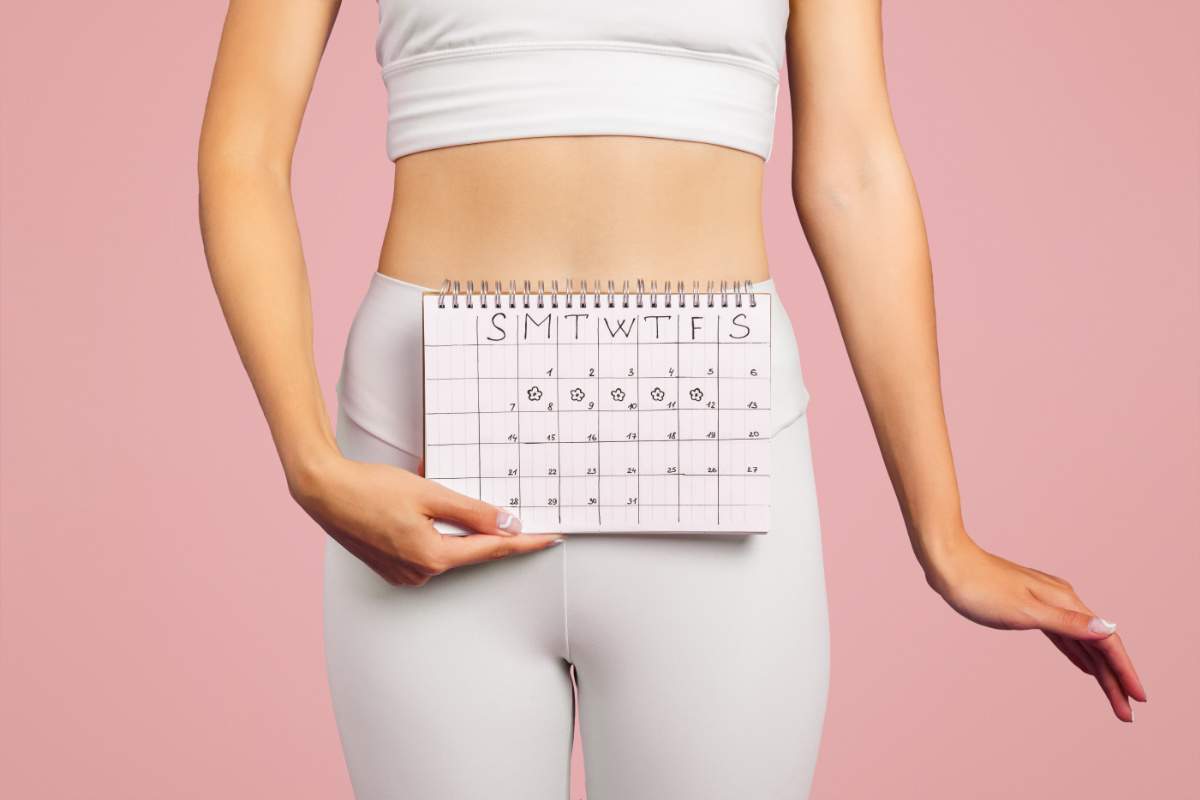Getting fit in St Kilda is easier with the right class—structure, coaching, and community turn good intentions into results.
Best Classes For Beginners
Strength training delivers the biggest return: it builds muscle, protects bone density, and reverses the 3–8% per‑decade muscle loss after 30.
Great Starter Options
- Group strength classes: cost‑effective coaching and community
- Personal training: $50–$90 per 30‑min for customised programs and form correction
- Pilates and yoga: add core strength and mobility—stack with strength, not instead of it
How Often To Attend
Commit to 2–3 sessions per week to build a lasting habit—21 days to start it, ~66 days to lock it in.
Begin with three 30‑minute sessions weekly for 6–8 weeks, then scale to 4–5 sessions if goals require. Keep at least one full rest day between intense days.
Expected 30‑Day Results
Most see 10–20% strength increases in month one, better stamina, and easier daily tasks. Fat loss typically runs 0.5–1% body weight per week with aligned nutrition.
Mental health benefits arrive fast—about 150 minutes of weekly activity can relieve depression and anxiety symptoms by 40–60%.
What It Costs In St Kilda
Price Guide
- Personal training: $50–$90 per 30‑min (10‑packs ~$450–$800)
- Group fitness: $35–$60 weekly unlimited; drop‑ins $15–$25
- 24/7 gym memberships: $40–$80 monthly (less individual coaching)
- Small group training (4–8 people): $35–$50 per session
How To Choose A Class
Look for coaches with Certificate III & IV in Fitness, current First Aid/CPR, and solid experience. Fit matters: you’ll stick with a trainer you connect with—use trial sessions to test the vibe.
Can Classes Build Muscle?
Yes—if they use progressive overload: adding weight, reps, or intensity over time. Focus on compound lifts like squats, deadlifts, rows, and presses.
Hit protein at 1.6–2.2 g/kg body weight daily (e.g., 80 kg = 128–176 g) so muscles repair and grow.
Personal Training vs Group
Compare Options
- Personal Training: tailored plan, immediate form fixes, injury‑aware
- Group Classes: lower cost, high energy, less individualisation
- Small Group: middle ground—semi‑personal at a lower price
Are You “Ready” To Start?
Start now—classes suit all levels. If you’ve been inactive 30+ days, guided movement helps undo sedentary patterns. Seek GP clearance for chronic conditions; good coaches will coordinate care.
What To Bring
Class Day Checklist
- Comfortable activewear and supportive trainers
- Water bottle (hydrate pre/during/post)
- Most studios supply all equipment
Making Exercise A Habit
Plan for ~66 days to feel automatic. Remove friction: lay out clothes, pick a close studio, book recurring times.
Morning sessions have higher completion rates; mid‑day often feels strongest for performance—choose the time you’ll stick to, not the “perfect” time.
FAQ: Exercise Classes St Kilda
How much weight can I lose in 3 months?
About 5–12 kg with consistent training and supportive nutrition (0.5–1 kg per week) while preserving muscle.
Do I need to diet too?
Yes. Training burns calories; nutrition controls intake. Prioritise protein and reduce highly processed foods.
What if I’m very unfit?
Begin with 5‑minute sessions to build the habit, then extend duration gradually.
Can I build muscle after 40?
Absolutely—strength training at any age improves muscle and bone density; over‑40s benefit most.
When will I see results?
Strength improves in 2–3 weeks; visible muscle changes 6–8 weeks; fat loss shows around 4–6 weeks.
Cardio or strength?
Strength first for long‑term results; add cardio 2–3 times per week for heart health.
Do I need supplements?
No. Whole foods are enough; protein powder is just convenient for hitting targets.


